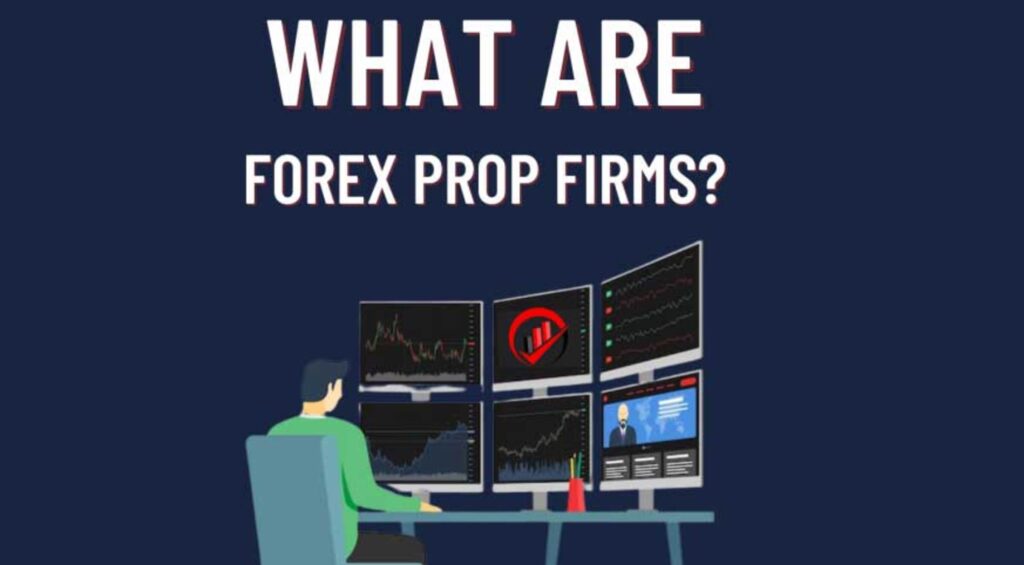Global Forex Markets: Today’s Overview

The global forex markets are a barometer of the world’s economic health, reflecting the ebbs and flows of currencies across continents. In today’s trading landscape, volatility seems to be the only constant, with geopolitical tensions, economic data releases, and central bank announcements frequently stirring the pot. Traders and investors closely monitor these fluctuations, aiming to predict future movements and optimize their strategies. The U.S. dollar, Euro, and Japanese Yen remain at the forefront, acting as key players in the currency exchange arena. Emerging market currencies, however, are carving out their significance, often offering high-risk but potentially high-reward opportunities. With technology enabling 24/7 trading, the forex market’s global reach and impact are more pronounced than ever, making it a critical area for financial analysis.
Economic Indicators Shaping Forex Trends

Economic indicators are the compasses guiding traders through the turbulent sea of the forex market. Key metrics such as GDP growth rates, unemployment figures, and inflation data are closely scrutinized for insights into a country’s economic health. For instance, a higher-than-expected inflation report from the U.S. can trigger a surge in the dollar, as it may prompt the Federal Reserve to raise interest rates. Similarly, strong employment data can boost a currency, reflecting a robust economy. Conversely, signs of economic slowdown—such as falling industrial production or retail sales—can dampen currency valuations. These indicators not only affect national currencies but also paint a broader picture of global economic trends, influencing forex strategies worldwide.
Central Bank Policies and Currency Valuations

The policies enacted by central banks stand at the core of currency valuations, wielding the power to sway the forex market with a single statement. Interest rate decisions are particularly influential, as higher rates tend to attract foreign investments, boosting the currency’s value. The Federal Reserve (Fed), European Central Bank (ECB), and Bank of Japan (BoJ), among others, are key players whose meetings and announcements are awaited with bated breath by forex traders. Quantitative easing measures, aimed at stimulating the economy, can have the opposite effect, potentially devaluing the currency. The forward guidance provided by central banks also plays a crucial role, offering hints at future monetary policy moves and setting the stage for market expectations.
Trade Agreements’ Impact on Forex Dynamics

Trade agreements are pivotal in shaping forex dynamics, altering the flow of trade and investment between countries. A deal that removes trade barriers and fosters economic cooperation can significantly boost the involved nations’ currencies. For example, the announcement of the U.S.-Mexico-Canada Agreement (USMCA) saw an uplift in the respective countries’ currencies, reflecting improved trade prospects. Conversely, trade disputes and tariffs can harm currency strength, as seen in the recent U.S.-China trade tensions, which introduced volatility and uncertainty into the market. These agreements and disputes highlight the interconnectedness of global economies and the direct impact on forex markets.
Emerging Markets: Forex’s New Frontier

Emerging markets are increasingly becoming the focus of forex traders, offering a blend of risk and reward that is hard to find in more developed economies. Countries such as Brazil, Russia, India, and China (BRIC nations) are at the forefront, with their currencies experiencing significant volatility but also presenting growth opportunities. Political instability, economic reforms, and commodity price fluctuations can all drive substantial movements in these currencies. As these economies continue to grow and integrate into the global financial system, their influence on the forex market is expected to expand, offering new avenues for traders to explore.
Forex Forecast: Navigating Economic Uncertainties

Forecasting in the forex market is akin to navigating through a maze of economic uncertainties. Analysts and traders alike scrutinize a multitude of factors, from geopolitical events to macroeconomic trends, in an attempt to predict currency movements. The current landscape is fraught with challenges, including tensions in trade relations, unpredictable central bank policies, and the ongoing impacts of the COVID-19 pandemic. However, within this uncertainty lies opportunity. By staying informed about economic indicators, central bank decisions, and global events, traders can position themselves to react swiftly to market changes. The key to success in forex trading lies not in predicting the future with certainty but in preparing for its many possibilities.
Comparison Table: Key Factors Influencing Forex Markets
| Factor | Impact on Forex Market |
|---|---|
| Economic Indicators | Data such as GDP, inflation, and employment rates can lead to currency fluctuations as they reflect a country’s economic health. |
| Central Bank Policies | Interest rate decisions and quantitative easing measures directly affect currency valuations, with higher rates typically boosting a currency’s value. |
| Trade Agreements | Agreements that foster trade can strengthen a currency, while disputes and tariffs can weaken it due to impacts on economic growth and uncertainty. |
| Emerging Markets | The currencies of emerging economies offer high-risk and high-reward opportunities, influenced by factors like political instability and economic reforms. |
| Global Events | Geopolitical events and crises, such as wars or pandemics, can lead to risk-off sentiments, affecting currencies as investors seek safety in assets like the U.S. dollar. |
Navigating the forex market requires a keen understanding of these factors and a readiness to adapt strategies as the economic landscape evolves.






